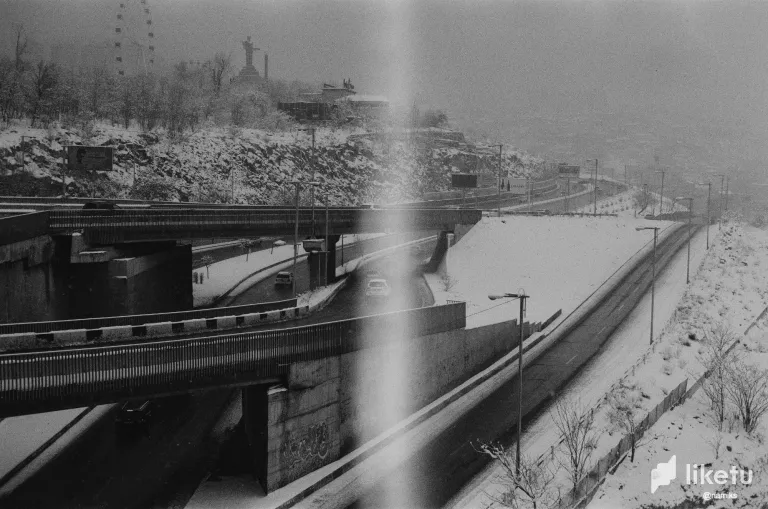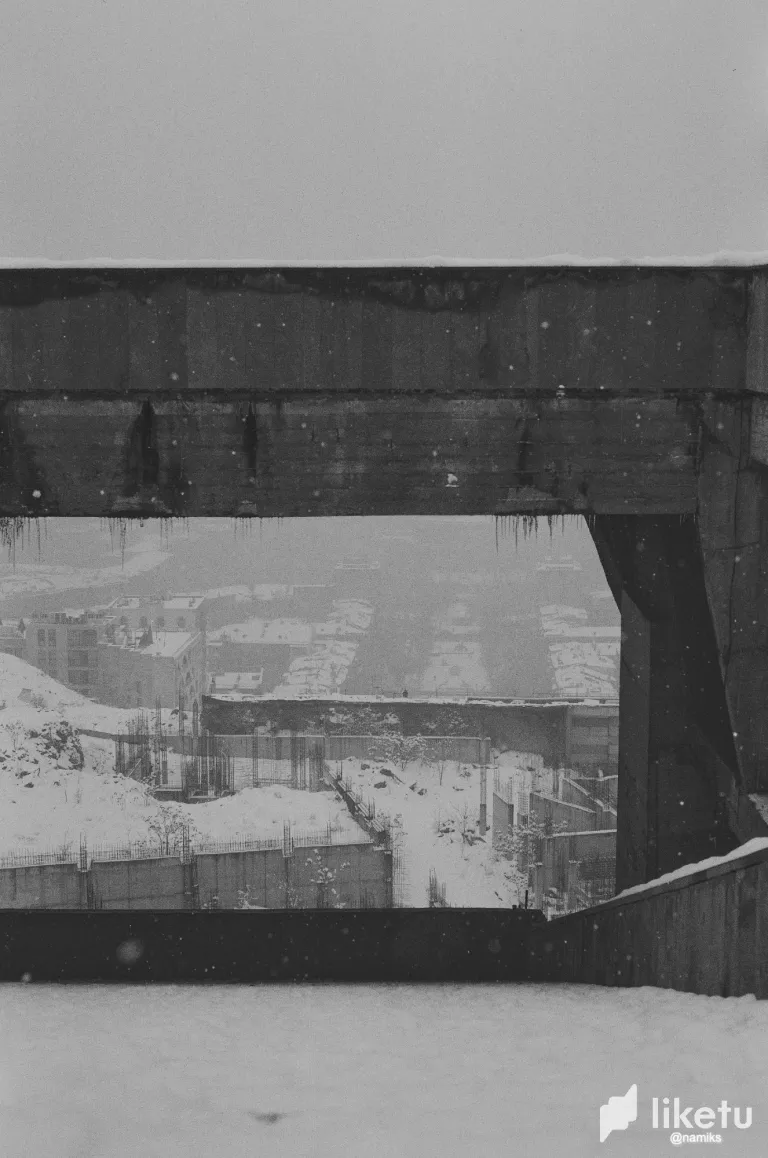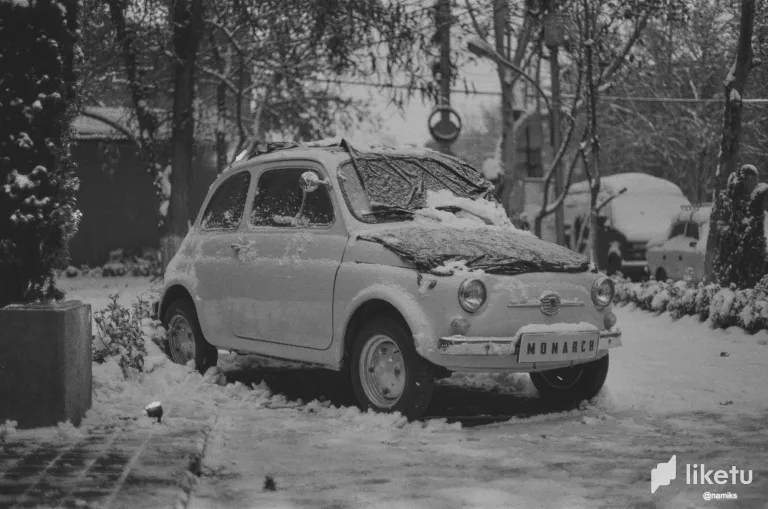



I haven't shot black and white film in a while, it's a format I highly appreciate but just haven't had a whole lot experience with. I think maybe I have shot about four or five rolls of black and white film throughout my entire 35mm film 'career'. Though it's a format I feel holds a plethora of potential in regards to capturing value and emotion. Where colour film sometimes offers all potential in regards to composition, emotion, and style, black and white seems to be more focused on the fundamentals. The lines, the technique, the ways that light rolls into shadows. After all, there's a reason why so many in the architecture field really rely on the idea of black and white as their medium. But the problem is, black and white film requires a certain time to be used. It doesn't suit every scenario in regards to stills. It can very easily go from beautiful, to just mediocre. It's part of why I rarely shoot it. Most of the time, colour film just fits with most situations, unless it's insanley low light conditions in which film just isn't reall suitable, where the shutter speed has to be drastically lowered and the aperture just has to be at F1.8.
I recently shot a roll of Fomamna, a 35mm black and white film that I have never tried before. It was a snowy day, one that felt a bit more challenging for all types of photography. I felt that the best way to approach this envirnoment was to shoot the film with as high of a shutter speed as possible, while using a high aperture. This is relatively normal for very bright situations, and the answer was to go a stop or two higher than the light metre suggested. So, if my Canon AE-1 said to shoot at 1000th of a second at F5.6, the next option would be to shoot the image at F.8. To adjust for additional brightness that may be added to the image from the bouncing of light from snow in the surrroundings. I think it ended up performing well, and served as a good counter to potential over-exposed images. This came from experience in the past from shooting film in black and white where the situation seems relatively bright, and failures had been made.
The thing about black and white film, is that it really displays the beauty of architecture, and that's something that is heavy in a post-Soviet nation such as Armenia. The brutalism is everywhere, such huge structures of beauty beg to be captured. And I have to admit, feeling so small around the beauty of such magnificent structures is truly something. There are few places in the world where you can feel small by the side of historic statues, where the history takes over and implements a feeling of weightlessness, but as the same time a feeling of immense importance, the idea that you are part of something huge. That's an aspect of the communist ideology that spread throughout the Soviet Union here, where structures were made to convey the feeling of indivualism and importance, the idea that no person was alone, but instead part of something much greater. In a way, I really enjoy this. Perhaps the aspect of communism wasn't so great, but the ideas were truly something. Going as far as creating factories purely for the bling so that they have work and can earn a living. Giving weight to the weightless. I think modern day can appreciate a few things from this. And to capture this aspect of time on film is just another pleasure.
For the best experience view this post on Liketu
Seems like snowy days there are quite romantic. Also, I don't know why 35mm film is quite popular. I am currently reading this encyclopedia about landscape photography and the lens recommended is 35mm and they're like book from the 70's or 80's but around that time.
Film is a very different experience compared to digital. It feels more intimate with the camera, since you don't know what the final image will look like, you're limited to a certain number of images per roll, and the physicality of it all makes it feel more real too. I love shooting digital and the freedom it offers, but film seems like it just offers something more.
35mm is a good starting lens and actually what I suggested my girlfriend gets for her first lens and camera combo. The same lens all the digital photographs I've been posting are with. 35mm is the 'cinematic' lens, it's wide but not too wide, and the aperture at F1.8 means it is incredibly versatile. The only downside is that for very open areas, it feels a little too short. Sometimes you want that extra push with landscapes. It all depends on the environment though. You can see some incredibly beautiful images shot with focal lengths lower than 35mm. Usually ones that detail mountains and the stars at night with a long exposure.